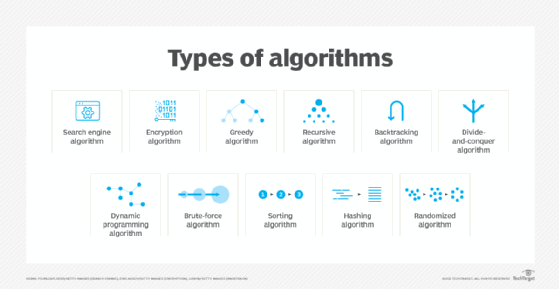Exploring the Depths of Contemporary Conceptual Art
In the ever-evolving landscape of contemporary art, the realm of conceptual art stands as a dynamic and thought-provoking domain, challenging traditional boundaries and ushering in a new era of artistic expression. Let’s delve into the depths of contemporary conceptual art and unravel the threads that weave this fascinating tapestry.
The Essence of Conceptual Art: Beyond Aesthetics
Conceptual art transcends the conventional emphasis on aesthetics and beauty. It ventures into the realm of ideas, where the concept or idea behind the work holds more significance than the final visual outcome. In contemporary conceptual art, artists aim to provoke intellectual engagement, urging viewers to ponder the meaning and concept embedded within the piece.
Conceptualism’s Roots: A Historical Perspective
To understand contemporary conceptual art, one must trace its roots back to the mid-20th century. Emerging as a reaction against formalism, conceptualism gained momentum in the 1960s, challenging the prevailing notion that art must be a tangible, visually pleasing object. Influenced by philosophical inquiries and the desire to break away from traditional artistic constraints, artists embraced conceptualism as a platform for experimentation and intellectual discourse.
Diverse Forms of Expression: Mediums in Conceptual Art
Unlike traditional art forms, which often rely on specific mediums, contemporary conceptual art thrives on diversity. Artists leverage a range of mediums – from traditional paintings and sculptures to more unconventional forms like installations, performances, and digital art. The medium becomes a vessel for conveying complex ideas, allowing for a broader and more inclusive approach to artistic expression.
Intellectual Engagement: Viewer Interaction and Interpretation
A distinctive aspect of contemporary conceptual art lies in its emphasis on viewer interaction. The audience is not merely a passive observer but an active participant in the artistic experience. Artists intentionally leave room for interpretation, encouraging viewers to engage intellectually with the concepts presented. This interaction transforms the viewing experience into a dialogue between the artwork and the observer.
Challenging Norms: Conceptual Art’s Impact on the Art World
Contemporary conceptual art has played a pivotal role in challenging established norms within the art world. By shifting the focus from the physical attributes of art to the underlying ideas, artists challenge the traditional valuation of craftsmanship and technical skill. This paradigm shift has sparked debates about the very nature and purpose of art, opening up new avenues for creativity and expression.
Social and Political Commentary: Conceptual Art with a Message
Many contemporary conceptual artists use their work as a powerful tool for social and political commentary. Addressing issues ranging from environmental concerns to social justice, these artists leverage the conceptual framework to communicate powerful messages. By intertwining art with activism, they engage audiences in critical discussions about pressing global challenges.
The Influence of Technology: Digital Dimensions in Conceptual Art
In the age of technology, contemporary conceptual artists harness digital mediums to explore new dimensions of expression. Virtual reality, interactive installations, and digital platforms become canvases for conceptual exploration. This integration of technology not only expands the possibilities of artistic expression but also reflects the ever-changing nature of the contemporary world.
Conceptual Art Today: A Global Tapestry of Ideas
As the art world becomes increasingly interconnected, contemporary conceptual art transcends geographical boundaries. Artists from diverse cultural backgrounds contribute to a global tapestry of ideas, sharing unique perspectives and narratives. This global exchange fosters a rich and dynamic landscape where concepts evolve, intersect, and inspire across continents.
The Future of Conceptual Art: Continuous Evolution
In the continuum of art history, the future of contemporary conceptual art remains an open canvas. As artists continue to push boundaries, challenge norms, and engage in profound conceptual explorations, the realm of conceptual art will undoubtedly evolve. Its ability to adapt, question, and provoke ensures that conceptual art will remain a driving force in shaping the artistic landscape for generations to come. Read more about contemporary conceptual art




